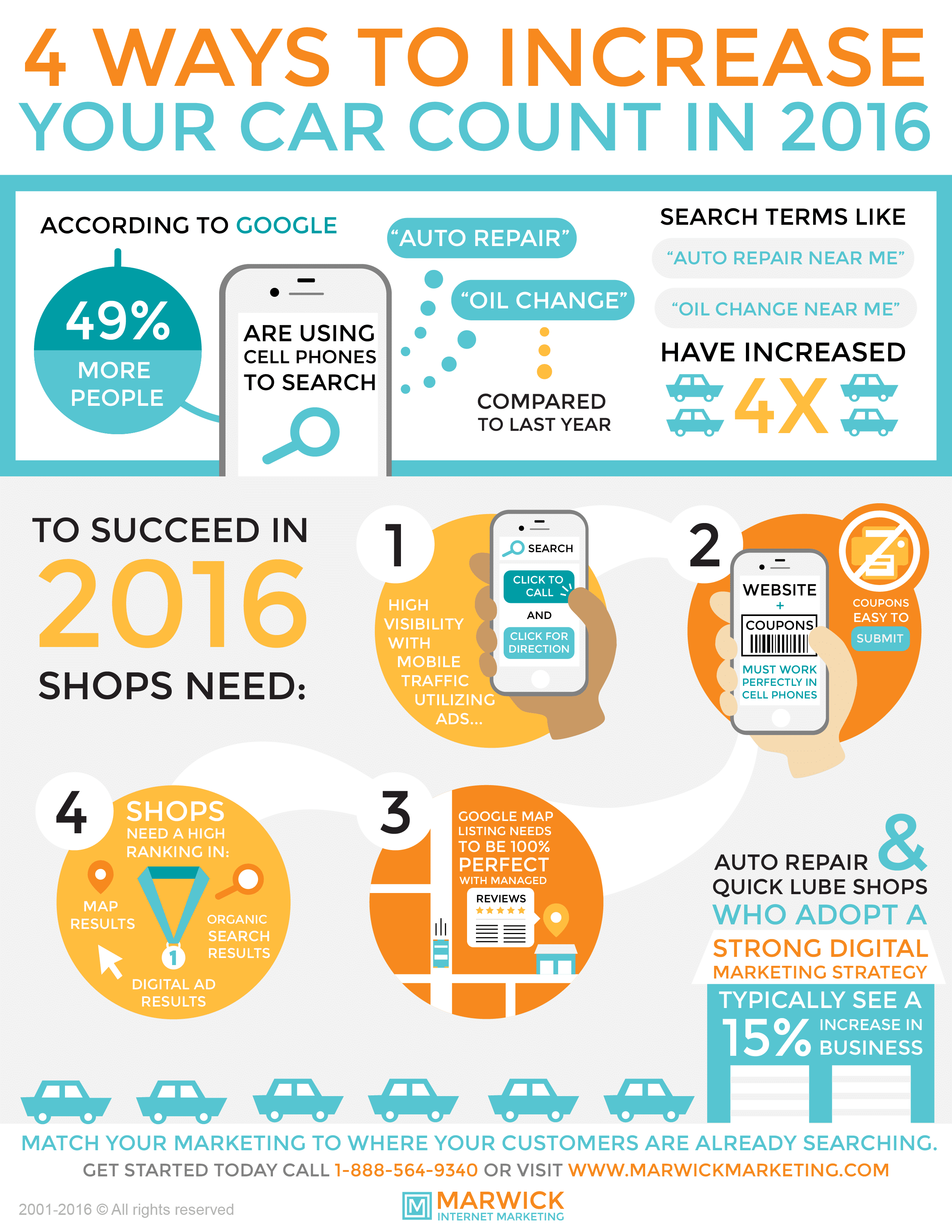Interpreting Your Automobile'S Alert Lighting: Their Real Ramifications
Interpreting Your Automobile'S Alert Lighting: Their Real Ramifications
Blog Article
Content Author-Boye Shepherd
When you lag the wheel, those glowing caution lights on your control panel can be a bit puzzling. Do recommended recognize what they're attempting to tell you about your vehicle's health? Comprehending the relevance of these lights is essential for your safety and the durability of your lorry. So, the following time one of those lights turns up, would not you want to decode its message accurately and take the essential actions to resolve it?
Common Warning Lighting and Interpretations
Determine typical caution lights in your car and comprehend their definitions to make sure safe driving.
One of the most normal warning lights consist of the check engine light, which signals issues with the engine or exhausts system. If this light begins, it's essential to have your lorry checked promptly.
The oil pressure advising light suggests low oil stress, requiring instant interest to prevent engine damage.
A flashing battery light may recommend a defective billing system, potentially leaving you stranded otherwise attended to.
The tire pressure surveillance system (TPMS) light alerts you to reduced tire pressure, influencing car security and fuel efficiency. Ignoring this might bring about hazardous driving problems.
The ABS light indicates a problem with the anti-lock braking system, compromising your capacity to stop quickly in emergencies.
Finally, the coolant temperature warning light warns of engine getting too hot, which can lead to extreme damages otherwise fixed promptly.
Comprehending these common warning lights will aid you attend to issues immediately and keep secure driving problems.
Value of Prompt Focus
Understanding the usual caution lights in your vehicle is only the first step; the significance of without delay resolving these cautions can not be stressed enough to ensure your security on the road.
When a caution light illuminates on your control panel, it's your auto's way of connecting a potential problem that requires attention. Ignoring these cautions can cause much more serious problems down the road, endangering your safety and possibly costing you extra out of commission.
Prompt attention to warning lights can avoid break downs and accidents. As an example, a blinking check engine light can suggest a misfire that, if left unattended, could cause damages to the catalytic converter. Resolving this immediately can conserve you from a costly fixing.
Likewise, a brake system advising light could signify low brake liquid or used brake pads, important components for your safety and security when driving.
Do It Yourself Troubleshooting Tips
If you notice a warning light on your control panel, there are a few do it yourself fixing tips you can attempt before seeking professional aid.
The primary step is to consult your automobile's manual to recognize what the particular warning light shows. Sometimes the problem can be as basic as a loosened gas cap causing the check engine light. Tightening the gas cap may resolve the issue.
An additional usual concern is a reduced battery, which can trigger different cautioning lights. Inspecting the battery connections for corrosion and guaranteeing they're secure may deal with the issue.
If a caution light persists, you can try resetting it by separating the auto's battery for a couple of minutes and then reconnecting it. In addition, inspecting your automobile's fluid levels, such as oil, coolant, and brake fluid, can aid repair advising lights related to these systems.
https://andrenjdxr.blogchaat.com/31254872/hesitant-regarding-selecting-an-auto-repair-shop-discover-specialist-pointers-for-discovering-trustworthy-options-in-your-area-that-will-place-your-mind-comfortable
In conclusion, comprehending your automobile's warning lights is crucial for keeping your vehicle running smoothly and safely. By quickly addressing these alerts and recognizing what they imply, you can stay clear of costly repairs and prospective break downs.
Remember to consult your automobile's manual for specific information on each alerting light and take action as necessary to guarantee a hassle-free driving experience.
Remain notified, remain secure on the road!
